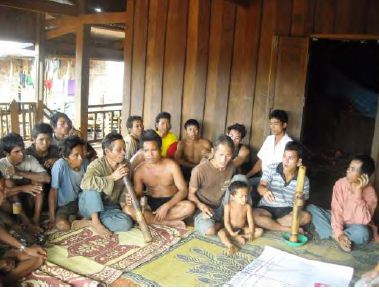Resource information
This research has been conducted by RRDTC's action research unit as part of its participation in the Mekong Institute research cycle 2009.
Along with the other GMS states Lao PDR has in the previous decade adopted land and forest policies with the aim of poverty reduction. The main Lao government strategy to develop remote areas has been to push for “economic integration.” This has translated into a policy of swidden agriculture eradication, which is commonly understood as an important way to develop the uplands. Following the main government line, swidden is focused on producing a diversity of crops for subsistence, and this keeps ethnic minorities poor, especially where fallow cycles are being reduced. Thus, the villagers have to be taught how to farm like lowland Lao – to focus on a narrow range of crops in order to produce a surplus which will generate cash, increase market linkages, and decrease poverty. Recognizing that many upland areas are unsuitable for paddy cultivation, and given the remoteness of so many upland minority villages thousands of villages have been resettled – often with disastrous consequences due to a lack of support during the actual move, lack of basic infrastructure in the new villages and difficulties of the communities to adapt to new environments, diseases and agricultural practices. Not surprisingly, then, figures from numerous studies conducted in Lao show an increase in all the poverty indicators – including decreased food production and increased mortality rates – among new villages.
In recent years, Lao PDR has experienced an increased demand for its main national resource, the country’s land. Huge areas of land have been conceded to foreign investors, mainly to Chinese and Vietnamese rubber plantations. The results of these land concessions have put further pressure on upland minorities’ livelihoods by increasing land scarcity and reducing forest area which is vital to these minorities’ livelihoods. Furthermore, villagers’ lands have often been conceded to the foreign investors – sometimes without any or with too little compensation - leaving villagers as day laborers on their own land with no alternatives.
This study intends to contribute to a better understanding of how institutional arrangements governing ethnic minorities’ rights to access and control over land and forest impact on their livelihoods, based on a field study in 5 ethnic minority villages in Sekong province.

